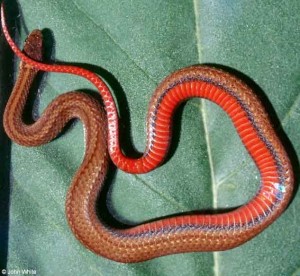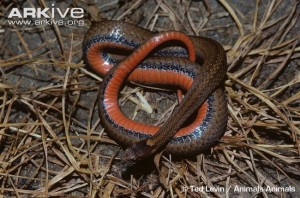60 MEMBERS OF CONGRESS AND 17 NON-PROFIT GROUPS URGE EPA TO LIMIT NEONICOTINOID PESTICIDES
The U.S. Environmental Protection Agency (EPA) is getting pressure from environmental and sustainable agriculture organizations and members of Congress to investigate and restrict the use of neonicotinoids, a class of pesticides linked to declining pollinator populations.
Neonicotinoids are being cited as one of several factors contributing to Colony Collapse Disorder in bees, leading to sharp population decline in recent years. In the past year, the abrupt reduction of pollinator numbers has led to a two-year ban on neonicotinoids in Europe, a class action lawsuit from beekeepers in Canada, and a federal strategy outlined by the Obama Administration to promote pollinator health.
On September 30, 2014, Representatives Earl Blumenaur (D-OR), John Conyers (D-MI), and 58 other Democratic Representatives co-signed a letter urging the EPA to restrict neonicotinoid use.
The letter outlines nine policy recommendations, including restricting—and in some cases, suspending—the use of neonicotinoids depending on timing, methods, and location of the pesticide’s application. The signing Representatives also call for cost-benefit analyses for neonicotinoid pesticide registration and assessing neonicotinoid-treated seeds, which are currently exempt from major federal pesticide regulations.
Six days prior, 17 non-profit organizations submitted an 11-page letter commenting on the EPA’s process for assessing neonicotinoid pesticides. Among the signers were several NSAC member organizations: Family Farm Defenders, Midwest Organic Sustainable Education Service, Northwest Center for Alternatives to Pesticides, Pesticide Action Network – North America, SlowFood USA, and Women, Food and Agriculture Network.
The letter introduces several recommendations echoed by the Democratic Representatives, including tougher regulations on neonicotinoid pesticides and an end to unregulated status for treated seeds. The groups also provide information on how neonicotinoids pose a threat to plants, pollinators, and birds listed under the Endangered Species Act (ESA). The groups criticize the Agency’s failure to comply with the ESA during the pesticide assessment process, arguing that the Mississippi sandhill crane, southwestern willow flycatcher, and other listed bird species are at risk from neonicotinoids.
Both letters were written as the EPA considers a petition from Syngenta to increase allowable levels of thiamethoxam, a neonicotinoid insecticide, for a variety of crops. As neonicotinoid-coated seeds fail to control pests later in the growing season, Syngenta claims spraying of the pesticide on alfalfa, corn, barley, and wheat is essential—thus prompting the petition to EPA.



